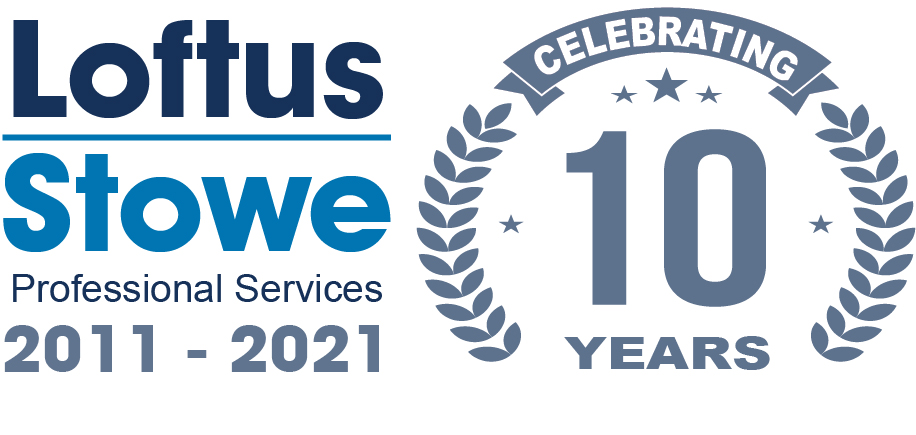Shares in GlaxoSmithKline (LSE: GSK) have been on a roller coaster ride this year. After starting the year at around 13.50, the shares rose steadily to just under 14.00 before the Brexit vote. After the June 24 result, as the value of the pound collapsed, Glaxos shares pushed even higher, topping out at 17.20 at the beginning of October. However, since reaching this high, Glaxos shares have struggled to tread water and have steadily declined.
Since the beginning of October shares in Glaxo have slumped by 13% despite the fact that theres been no real change in the underlying fundamentals.
After these declines, Glaxocould be one of the FTSE 100s most attractive stocks. Indeed, this year the company has made an enormous amount of progress in its turnaround and thanks to sterlings declines, the companys earnings are set to benefit from a double-digit currency boost.
Whats behind the declines?
Theres no apparent reason why shares in Glaxo have been on the back foot recently. The pound has gained against the dollar (which will reduce the positive impact on Glaxos earnings) although gains have been limited and the sterling/dollar rate is still far below the level printed at the beginning of October.
Meanwhile, the companys third quarter results, released at the end of October show continued growth across the group. For the three months to the end of September, group sales at a constant exchange rate expanded 8% to 7.5bn. New product sales grew 79% to 1.21bn and core earnings per share grew 12% to 32p. Converted back into sterlingthe companys revenue expanded 23% year-on-year in the third quarter and earnings per share rose 39%. For the full-year,City analysts have pencilled-in earnings per share growth of 31% to 99.3p per share, which implies that shares in the company are currently trading at a forward P/E of 15.1 and a PEG ratio of 0.5. A PEG ratio of less than one indicates that the shares offer growth at a reasonable price.
Analysts are expecting further earnings growth of 10% next year onthe back of a continued improvement in new product sales. Overall group revenue is expected to expand by 7.2% to 29.5bn for the year ending 31 December 2017. Based on current expectations for growth the shares are trading at a 2017 P/E of 13.8.
On top of Glaxos attractive valuation, the shares currently support a dividend yield of 5.3%. The payout will be covered 1.2 times by earnings per share next year.
The bottom line
So overall, after recent declines, Glaxo looks to be one of the cheapest companies in the FTSE 100. The shares are trading at a forward P/E of 15.1, which is cheap considering Glaxos defensive nature and projectedearnings growth for the year ahead. Whats more, as an income investment the yield on the shares is around 1.5% higher than the market average, offering investors an attractive income opportunity in todays low interest rate world.
Looking for dividends?
If you’re looking for dividend champions with similar qualities to Glaxo, I strongly recommend you check outthis special report, which gives a rundown of what I believe is one of the hottest dividend stocks in London today.
The exclusive report entitled A Top Income Share looks at a hidden FTSE giant that’s already an income champion but is also investing for growth and these ambitious expansion plans should power dividends through the roof in the years ahead.
To discover more justclick here and enjoy this exclusive wealth report.It’s 100% free and comes with no obligation.
Rupert Hargreaves owns shares of GlaxoSmithKline. The Motley Fool UK owns shares of and has recommended GlaxoSmithKline. We Fools don’t all hold the same opinions, but we all believe that considering a diverse range of insights makes us better investors.





